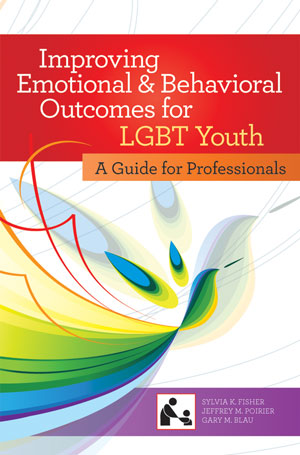More than two dozen schools in Maricopa County are involved with a program with a simple premise — get kids to try a new seat during lunch and you’ll begin to break down barriers. They’re participating in a national campaign launched a decade ago by Teaching Tolerance, a program of the Southern Poverty Law Center. It’s called “Mix It Up at Lunch Day” and it’s scheduled for Oct. 30 this year. So far 1,659 schools have signed up.
Turns out Maricopa County takes third place for schools with the most “Mix It Up at Lunch Day” participants — after Los Angeles County and Illinois’ Cook County. Three schools in Arizona are considered model schools for the program — St. Gregory College Preparatory School in Tucson, Kyrene Akimela A-Al in Phoenix and Sunset Ridge in Glendale.
Several schools in other countries are participating in this year’s “Mix It Up at Lunch Day” — including Japan, Oman, Israel, Canada, Romania, the Dominican Republic, the Republic of Korea, Saudi Arabia, Greece and the Russian Federation. There’s still plenty of time for schools in and beyond Arizona to get involved. The program was developed for P-12 students.

More lovely art from DVLC
Teaching Tolerance surveys show that divisions between groups are “most clearly drawn” in the cafeteria, and that “interactions across group lines can help reduce prejudice.” So educators and parents eager to reduce bias and misperceptions can help by encouraging students with differences to interact more often and in positive ways.
To participate, simply “ask students to move out of their comfort zones and connect with someone new over lunch.” Teaching Tolerance offers several free online resources “designed to help schools and classroom teachers explore the issue of social boundaries.”
Schools that register on the “Mix It Up at Lunch Day” map can enter a Teaching Tolerance contest (entry deadline is Oct. 8) for the chance to have a professional photographer take pictures of the school’s “Mix It Up at Lunch Day” event. Two schools will be selected and featured on the Teaching Tolerance website, blog and Facebook page.
Click here for details.
— Lynn
Note: Teachers can get free copies of Teaching Tolerance magazine
Coming up: Follow the money







